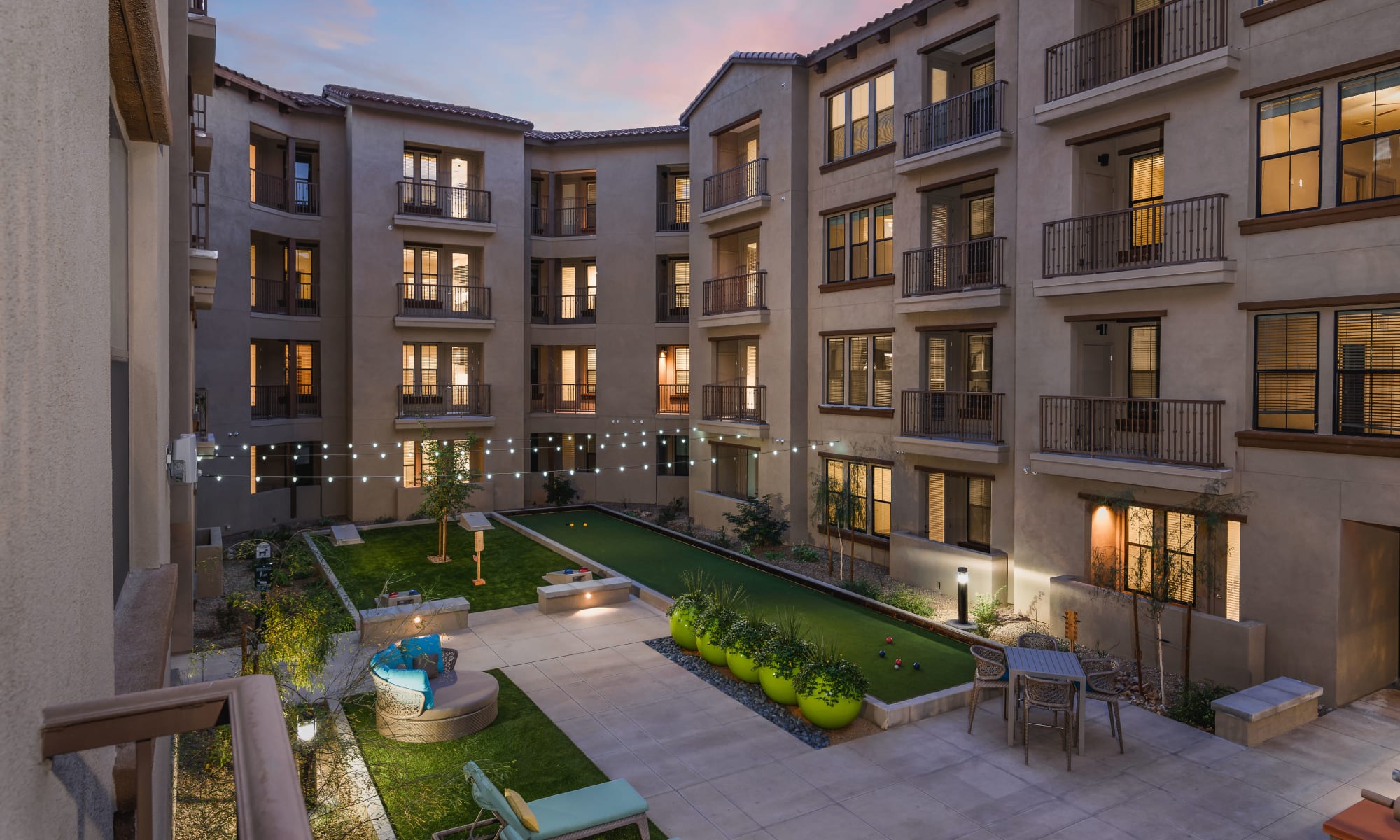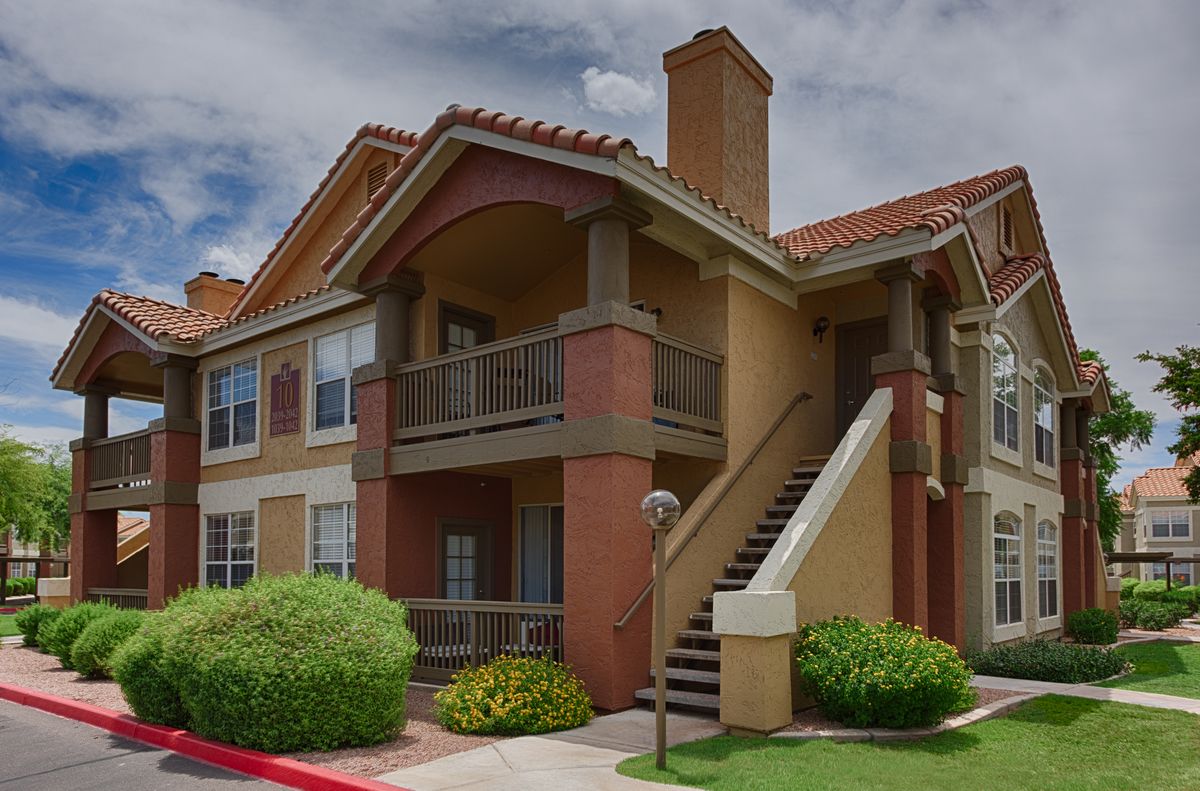Understanding ABI Arizona 2006

The ABI Arizona 2006 building code, also known as the Arizona Building Code, plays a vital role in ensuring the safety, health, and welfare of the public by setting minimum standards for the design, construction, and alteration of buildings in Arizona. It covers a wide range of building types, including residential structures. This code, a comprehensive document that addresses various aspects of building construction, has undergone significant updates and revisions over the years, with the 2006 edition introducing notable changes to previous versions.
Key Changes and Updates in the 2006 Edition
The 2006 edition of the ABI Arizona building code incorporated several important updates and changes compared to its predecessors. These changes aimed to enhance building safety, energy efficiency, and accessibility.
- Energy Efficiency: The 2006 code introduced stricter energy efficiency requirements for residential buildings. These requirements aimed to reduce energy consumption and promote sustainable building practices. This included provisions for improved insulation, energy-efficient windows, and high-performance HVAC systems.
- Accessibility: The 2006 code incorporated the Americans with Disabilities Act (ADA) accessibility standards, ensuring that buildings are accessible to people with disabilities. This included requirements for ramps, doorways, and other features to accommodate wheelchair users and other individuals with mobility impairments.
- Fire Safety: The 2006 code implemented updated fire safety regulations, including requirements for fire sprinklers, smoke detectors, and fire-resistant materials. These measures aimed to enhance the safety of occupants in the event of a fire.
- Structural Integrity: The 2006 code included updates to structural design requirements, ensuring the stability and safety of buildings during earthquakes and other natural disasters. These changes were based on the latest research and engineering principles.
- Plumbing and Electrical Systems: The 2006 code updated the standards for plumbing and electrical systems, incorporating new technologies and safety regulations. This included requirements for energy-efficient appliances and lighting fixtures.
Requirements for 3-Bedroom Homes
The ABI Arizona 2006 code Artikels specific requirements for 3-bedroom homes, focusing on aspects like minimum square footage, bedroom sizes, and safety features.
- Minimum Square Footage: The code specifies minimum square footage requirements for 3-bedroom homes, ensuring adequate living space for occupants. The minimum square footage may vary depending on the specific zoning regulations in a particular area.
- Bedroom Sizes: The code sets minimum size requirements for bedrooms, ensuring that each bedroom provides sufficient space for sleeping, storage, and furniture. The minimum size of each bedroom is typically determined by the number of occupants it is intended to accommodate.
- Egress Requirements: The code mandates that all bedrooms have at least one egress window or door, providing an alternative exit route in case of fire or emergency. These egress points must meet specific size and location requirements to ensure safe and easy evacuation.
- Fire Safety Features: The code requires 3-bedroom homes to be equipped with smoke detectors and fire alarms, ensuring prompt detection and notification of fire hazards. These devices must be installed in accordance with the code’s specifications to ensure their effectiveness.
- Electrical Systems: The code sets minimum standards for electrical systems in 3-bedroom homes, ensuring adequate power capacity and safety features. These requirements include provisions for wiring, outlets, and electrical panels to meet the specific needs of the dwelling.
3-Bedroom Home Design and Features: Abi Arizona 2006 3 Bedroom

Understanding the design and features of 3-bedroom homes built under the ABI Arizona 2006 code is essential for anyone interested in purchasing or building a home in Arizona. This code sets specific standards for construction, ensuring safety, energy efficiency, and compliance with local regulations.
Common 3-Bedroom Home Layouts
The ABI Arizona 2006 code provides guidelines for various 3-bedroom home layouts. These layouts cater to different lifestyles and preferences, ensuring flexibility and functionality. Here are some examples of common layouts:
- Open Concept Layout: This layout features a combined living, dining, and kitchen area, creating a spacious and interconnected environment. It is ideal for families who enjoy socializing and entertaining.
- Traditional Layout: This layout offers separate living, dining, and kitchen areas, providing a more formal and defined living space. It is suitable for families who prefer a more traditional lifestyle.
- Split-Level Layout: This layout features different levels, often with bedrooms located on a separate level from the main living areas. This can provide privacy and separation between family members.
Square Footage Range for 3-Bedroom Homes
The typical square footage range for 3-bedroom homes built under the ABI Arizona 2006 code varies depending on factors such as lot size, architectural style, and amenities. However, a common range is between 1,500 and 2,500 square feet. This range provides ample space for comfortable living, including bedrooms, bathrooms, living areas, and possibly a garage or patio.
Features and Amenities in 3-Bedroom Homes
The following table showcases various features and amenities commonly included in 3-bedroom homes built under the ABI Arizona 2006 code:
| Feature/Amenity | Description |
|---|---|
| Bedrooms | Typically include closets, windows, and possibly private bathrooms. |
| Bathrooms | At least two bathrooms are common, with one often serving as a master bathroom. |
| Kitchen | Equipped with appliances such as a refrigerator, stove, oven, dishwasher, and microwave. |
| Living Area | Provides space for relaxation, entertainment, and socializing. |
| Garage | Often included, providing storage space for vehicles and other items. |
| Patio or Deck | Offers outdoor living space for relaxation and entertaining. |
| Landscaping | May include front and backyard landscaping, with trees, shrubs, and flowers. |
Building Materials and Construction Practices

Constructing a 3-bedroom home adhering to the ABI Arizona 2006 building code requires a careful selection of materials and meticulous adherence to construction practices. These elements play a crucial role in ensuring the home’s structural integrity, energy efficiency, and long-term durability.
Common Building Materials
The choice of building materials is a significant factor in the construction of any home, and ABI Arizona 2006 Artikels specific guidelines for material selection. Here are some primary materials commonly used in 3-bedroom homes built according to this code:
- Foundation: Concrete is the most prevalent material for foundations in Arizona, offering durability and resistance to the region’s harsh climate. Concrete foundations are often reinforced with steel rebar for added strength.
- Framing: Wood framing, particularly treated lumber, is widely used for the walls and roof. This material is relatively lightweight, affordable, and readily available in Arizona.
- Exterior Walls: A variety of materials are used for exterior walls, including brick, stucco, and manufactured siding. Brick is known for its durability and aesthetic appeal, while stucco offers cost-effectiveness and versatility in design. Manufactured siding, often made from vinyl or fiber cement, provides low maintenance and durability.
- Roofing: Asphalt shingles are the most common roofing material in Arizona due to their affordability and ease of installation. Tile roofing is also popular, providing a more durable and aesthetically pleasing option. Metal roofing is gaining popularity for its longevity and energy efficiency.
- Insulation: Fiberglass batts are widely used for wall and attic insulation. Spray foam insulation is becoming increasingly popular for its superior air sealing properties. Insulation plays a critical role in energy efficiency and reducing heating and cooling costs.
- Windows and Doors: Energy-efficient windows and doors are essential for reducing heat gain and loss. Double- or triple-paned windows with low-E coatings are often specified to enhance energy performance.
Construction Practices for Energy Efficiency and Structural Integrity
ABI Arizona 2006 emphasizes energy efficiency and structural integrity in residential construction. Builders are encouraged to implement the following construction practices to achieve these goals:
- Proper Insulation: Adequate insulation in walls, attics, and crawl spaces is essential for minimizing heat transfer and improving energy efficiency. Insulation levels should meet or exceed the code requirements to ensure optimal thermal performance.
- Air Sealing: Air leakage can significantly impact a home’s energy efficiency. Builders are encouraged to seal all gaps and cracks in the building envelope, including around windows, doors, and penetrations for plumbing and electrical wiring. This can be achieved through the use of caulk, weatherstripping, and foam sealant.
- Energy-Efficient Windows and Doors: Specifying windows and doors with high energy ratings, such as U-factor and SHGC, is crucial for reducing heat gain and loss. These windows and doors typically feature double- or triple-paned glass with low-E coatings and high-performance frames.
- Proper Ventilation: Adequate ventilation is essential for maintaining indoor air quality and preventing moisture buildup. Building codes typically require a minimum amount of ventilation in attics and crawl spaces. Exhaust fans in bathrooms and kitchens are also essential for removing moisture and odors.
- Structural Integrity: The structural integrity of a home is paramount to its safety and longevity. Builders must ensure that the foundation, framing, and roof are designed and constructed to withstand the local seismic and wind loads. This may involve using engineered lumber, steel beams, and other structural components that meet the code requirements.
Challenges and Considerations for Builders, Abi arizona 2006 3 bedroom
While ABI Arizona 2006 provides a comprehensive framework for building safe and energy-efficient homes, builders face certain challenges and considerations:
- Material Availability and Costs: The availability and cost of building materials can fluctuate, impacting project budgets and timelines. Builders must stay informed about market trends and explore alternative materials to ensure cost-effectiveness.
- Labor Shortages: The construction industry often faces labor shortages, which can lead to delays and increased labor costs. Builders may need to adjust their schedules and explore innovative staffing solutions to overcome these challenges.
- Code Compliance: Staying abreast of building code updates and regulations is essential for builders to ensure compliance. Codes are regularly revised to incorporate new technologies, materials, and safety standards. Builders must invest in training and resources to stay current with code requirements.
- Energy Efficiency Standards: Energy efficiency standards are constantly evolving, requiring builders to adapt their construction practices to meet the latest requirements. Staying informed about energy-efficient building techniques and technologies is crucial for staying competitive.
- Climate Considerations: Arizona’s hot, arid climate presents unique challenges for builders. They must consider factors such as solar heat gain, water conservation, and the use of appropriate materials that can withstand extreme temperatures and desert conditions.
Abi arizona 2006 3 bedroom – You’re looking for an ABI Arizona 2006 3-bedroom, huh? That’s a classic! If you’re thinking of a change of scenery, you might want to check out 3 bedroom apartments in Ontario, CA. Maybe a modern apartment would be a better fit for your lifestyle.
But hey, if you’re happy with the ABI Arizona 2006, then rock on!
So, you’re thinking about a 2006 Abi Arizona 3-bedroom, huh? That’s a great choice! You’ll want to consider updating the bathrooms, and a modern curved bathroom vanity would be a stylish addition. The curved design adds a touch of sophistication, and it’ll make the bathroom feel more spacious.
Plus, you can choose a vanity that perfectly matches your Abi Arizona’s overall aesthetic.